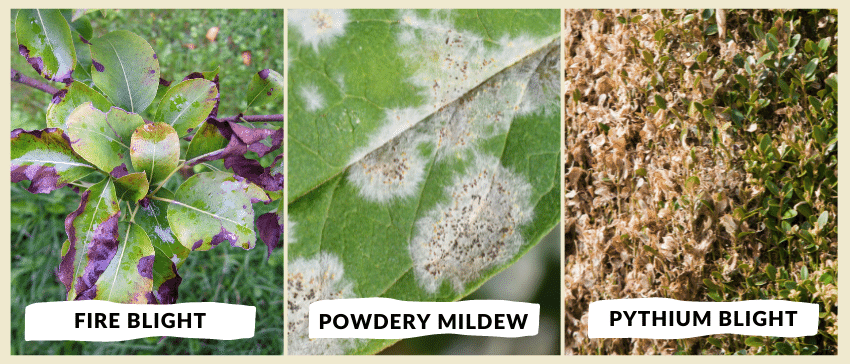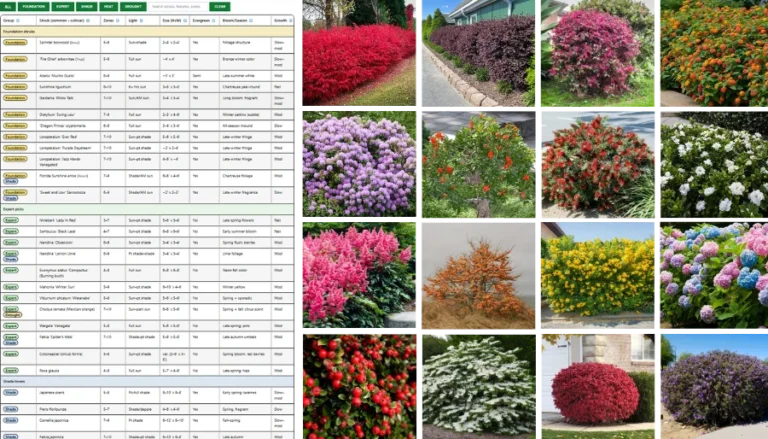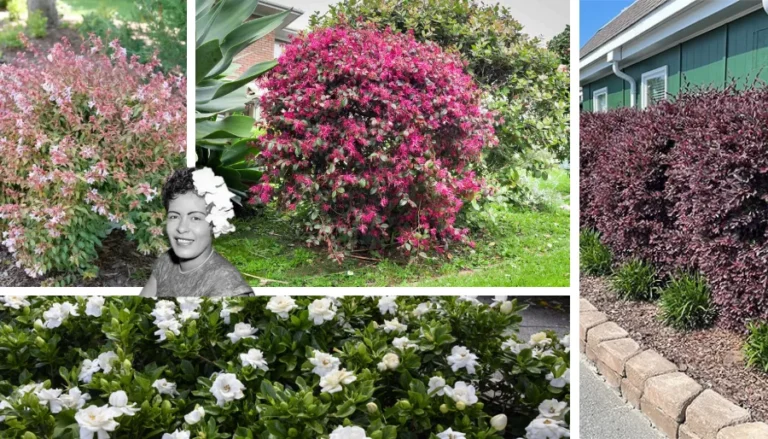Summer is the time of year when gardeners like to sit back and admire the fruits of their labors, but unfortunately, your work isn’t done yet.
Summer is known for periods of high humidity, rains and hot temperatures in many regions, and these conditions are exactly what fungus needs to thrive in your garden.
So, here are some of the fungal diseases to look out for and how to protect and treat your plants from them.
Avoid Evening Watering
During summer, many climate zones are subjected to periods of high humidity, which will increase the chances of fungus developing on your plants. To reduce the risk, avoid watering your gardens in the evenings.
This will leave moisture on the plants and without the help of the sun to dry them off, it will leave your plants open to developing a fungal disease.
Also, be sure to not water the leaves of your plants, always water at the base of the plants. The roots need the water, the leaves don’t.

Plan for Powdery Mildew
Powdery mildew is a common fungus, mostly affecting ornamental plants. This fungal growth creates a white film on the leaves of the plants in your garden. It can be partially removed by rubbing the leaves, but unless you only have a few plants, this isn’t a doable remedy.
You should begin by applying an organic fungicide product containing Bacillus subtilis, jojoba oil, sulfur or lime sulfur when the initial white patches are observed.
This fungus loves when plants are crowded, as this makes it easier for it to spread. This fungus also loves shady areas.
So take this into account when planning your garden layout if your summer climate has high humidity.
Prevention of Pythium Blight
If you’re in the north, and have perennial Rye grass, then you need to be careful not to leave your grass wet at night.
A fungus called Pythium Blight may take hold, because this fungus love to grow in high humid conditions, especially at night.
If uncontrolled, this disease can cause large areas of turf to wilt, turn brown and die.
Pythium blight can be readily seen in the early morning on the top of the lawn as a white cotton candy-like growth.
Pythium blight can easily be controlled by watering early in the morning and avoid watering in the evening.
Other preventative measures include removing thatch periodically, to thin out overly thick growth, moderating the use of fertilizers and improving soil drainage through aeration.
Controlling Fire Blight
Fire Blight, yet another culprit that likes to grow during summer months. This fungus attacks Pear, crab apple and Apple trees.
Fire Blight can be seen as a blossom blight a week or two after the blooming, which turns black on pear and brown on apple trees, causing the whole blossom cluster to wilt and die.
Using an antibiotic spray is quite successful in countering the blossom blight phase of Fire Blight.
Fire Blight can also be controlled by overwinter pruning of affected branches from the main plant. Cuts should be made at least four inches below the affected areas, which can be detected by dead bark.
Don’t forget that Fire Blight is contagious, so any pruning should be burnt, and pruning shears should be washed or dipped in alcohol.
After all the hard work you put into creating a beautiful lawn and garden, taking a little extra time to protect them from a fungal disease is definitely time well spent. Happy Gardening!!

















